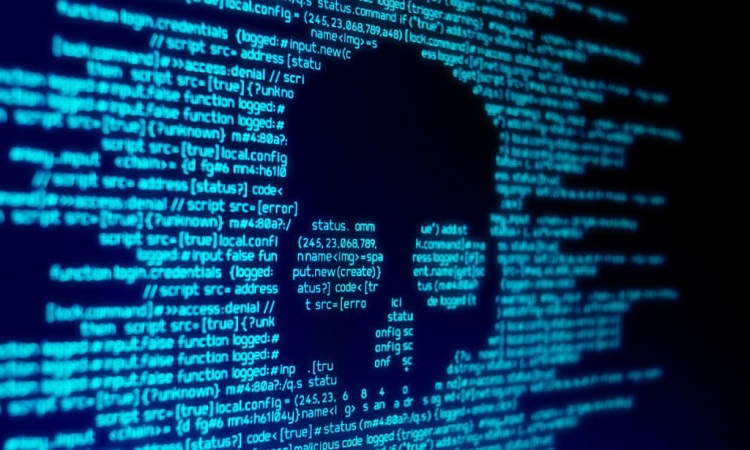79 percent of security professionals said cybersecurity took a backseat in 2021 to accelerate other digital business initiatives. The CyberArk 2022 Identity Security Threat Landscape Report, identified the rise of digital identities as a buildup of cybersecurity debt. This debt is related to identity, because organizations are exposed to a higher risk of cyber attacks.
This report consisted of interviewing 1,750 security decision makers, who highlighted their experiences in 2021. Organizations from Germany, Australia, Brazil, Spain, the United States, France, Japan, the United Kingdom, Italy, Mexico, Israel and Singapore.
Such creation of digital or information technology (IT) initiatives increased the interactions between people, applications and processes. In this way, a large number of digital identities are generated in the sector. These must be secured, because lacking protection they can represent a significant risk for cyber attacks.
According to data provided by CyberArk, 68% of bots that carry out cyber attacks have access to sensitive data and assets. For their part, machine identities outnumber human identities 45 times more on average and 87% store secrets in various spaces around DevOps. Similarly, a constant risk is the extra privileges that developers have to run their functions.
Latin America at CyberArk commented that the most exposed and advanced sector is the financial sector. Likewise, the Organization of American States (OAS) and the National Commission for the Protection and Defense of Users of Financial Services (CONDUSEF), placed Mexico in third place in cyberattacks. In this sense, security must be prioritized in order to protect digital identities and overcome the avant-garde modalities of attackers.
According to the report, the types of cyber threats and the areas with the highest risk are credential access, at 40%. For its part, the evasion of the defense with 31%, initial access with 29% and the escalation of privileges represented danger in 27%.
The trend of cyberattacks continues to rise, since 70% of organizations suffered ransomware attacks in 2021, averaging two each. Finally, the report showed that 62% did nothing to protect the software after the SolarWinds attack. Even 64% said they do not want to engage with a provider because it would be unlikely to stop a cyberattack against digital identities.

Email: ben@satprwire.com Phone: +44 20 4732 1985
Ben has been listening to the technology news for quite some time that he needs just a single read to get an idea surrounding the topic. Ben is our go-to choice for in-depth reviews as well as the normal articles we cover on a normal basis.



